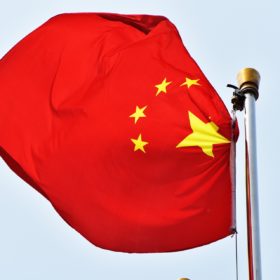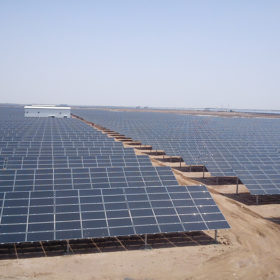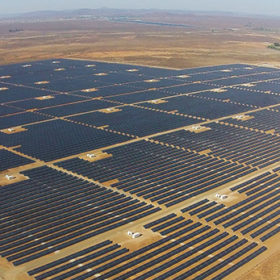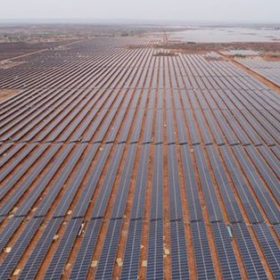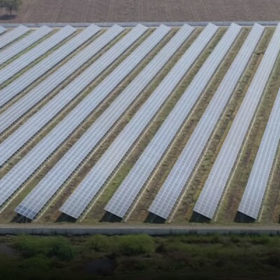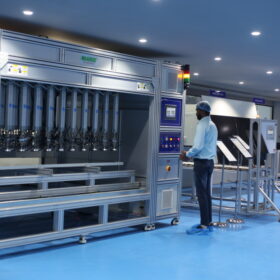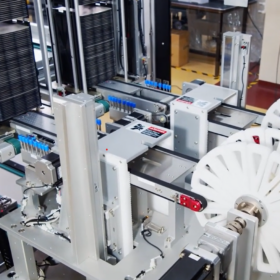Commercial solar at grid parity in China but a hard line is needed on soft costs
Deploying commercial and industrial PV in China without subsidy is already profitable in some areas, according to a new study, but prohibitive soft costs and cheap electricity are the main barriers for such installations in areas where grid parity remains out of reach.
Gujarat’s solar capacity crosses 2.6 GW mark
Gujarat’s total installed solar capacity has crossed the 2.6 GW mark, according to the latest data released by the Gujarat Energy Development Agency (GEDA).
Vikram Solar commissions 5 MW solar plant for state-owned Bharat Dynamics Limited
The plant was conceived under viability gap funding scheme for Ministry of Defence establishment to set up 300 MW of grid-connected and off-grid solar power projects at their locations.
Sterling and Wilson Solar to launch IPO this week
The Shapoorji Pallonji Group’s solar EPC business will hit the capital markets with an initial public offering on Aug. 6.
Indian Railways to become world’s first 100% green operator, says minister
The plan, announced in parliament, is an extension to the bid to install 1 GW of solar generation capacity during the current fiscal year and hit 5 GW in 2025. The emphasis will be on trackside and static rooftop installations rather than solar train roofs, said the minister for railways.
India’s renewable power generation cost the lowest in Asia Pacific
The cost of solar power generation in India has fallen to half the level seen in many other markets in the region due to extensive solar resource, market scale and competition.
BHEL tenders 69 MW solar project work for SCCL in Telangana
The state-owned engineering major has invited bids for supply of balance-of-system items, and installation and commissioning of an aggregate capacity of 69 MW (AC) grid-connected solar plants for Singareni Collieries Company Limited in Telangana. The projects—including 39 MW at Yellandu village and 30 MW at Manuguru—will come up in Bhadadri Kothagudem district of the state. Bidding closes on July 31.
KPI Global signs PPAs for sale of 3.05 MW solar power
The Gujarat-based independent power producer has signed power purchase agreements with three paper mills—two in Vapi and one in Surat—for sale of solar power totaling 3.05 MW for a period of 15 years.
REIL tenders solar projects across Maharashtra utility substations
Grid-connected solar plants in capacities ranging from 250 KW to 3.5 MW are to be installed at various sub-stations of state-owned Maharashtra State Electricity Distribution Company Limited. Bidding closes on August 12.
L&T Hyderabad Metro to get 8 MW solar plants by end of 2019
The captive solar plants in Metro depots and on station rooftops will meet 15% of its total electricity consumption.
